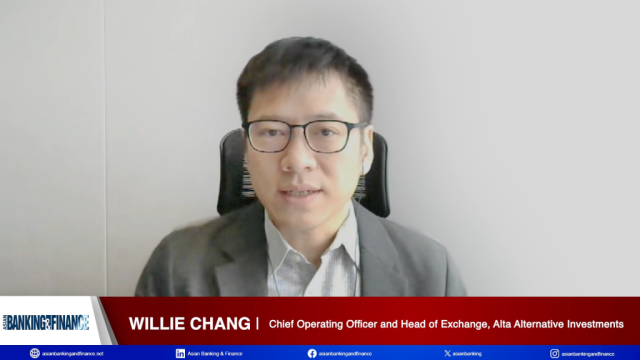
Should investors worry about pension provisioning in India's PSU banks?
This follows PNB's falling G-Sec yields.
Falling G-Sec yields and higher pension provisioning by India's PNB in 2QFY15 has raised investor concerns relating to pension provisioning.
According to a research note from Nomura, however, while PSU banks got aggressive on discount rate assumptions in the last 2 years and reset of discount rates (as yield head lower) can impact their near-term P&L, there can be, in the longer term, comfort to be drawn from two factors.
First, pension assets which cover ~90-95% of the liabilities – ~80% of these investments are also rate sensitive and will have equal sensitivity to bond yields as much as pension liabilities.
Also, a ~3-4x increase in P&L pension provisioning in last 3-4 years – this should take care of pension shortfalls in the longer run.
Nomura noted that, thus, it would not extrapolate a potential spike in FY15 pension provisioning for PSUs.
Here's more from Nomura:
Near term: Discount rate assumption aggressive but a large part of potential hit may be accounting in nature. Pension liabilities increase as G-Sec yields come off and vice versa. As GSec yields come off by ~50bps, we believe investors should analyse the impact on pension liabilities in 2 phases.
Phase 1 – Near-term impact: PSU banks increased discount rates on pension liabilities by 60-70bps from 8.5% to 9.2% in last 2 years – This was aggressive in our view and as G-Sec yields come off discount rates will be lowered leading to increased P&L provisioning likely in FY15F – A 50bps change in discount rate leads to ~5% increase in pension obligations - This would be ~8-10% of FY15 PBT for our coverage banks.
Phase 2 – Medium-term impact: But if G-Sec yields continue to come off from 8.5% levels we think any hit to the P&L will only be accounting in nature. This is because pension liabilities are mostly matched by pension assets, which are also largely in government/corporate bonds (~80%) and they also gain in value when yields come off.
For PSU banks we cover, pension assets are 90-95% of pension liabilities and ~80% of these investments is either in Central/state government or corporate bonds. Thus, there may be an accounting hit when liabilities get marked up due to lower discount rates but fundamentally even value of these pension assets go up.
Longer term - Wage inflation remains weak but 3-4x increase in P&L pension provisioning in last 4 years provides us some comfort: A wage inflation assumption of 5-5.5% remains weak and that surely indicates that pension liabilities are under-recognised.
But P&L pension provisioning for PSU banks have increased by 3-4x from FY10 levels and per pension optee, PSU banks are providing ~INR200K annually v/s INR50K annually in FY10. This high pension provisioning runrate would meet part of the pension shortfalls and thus we believe we are closer to end of pension issues rather than in the middle.























 Advertise
Advertise







